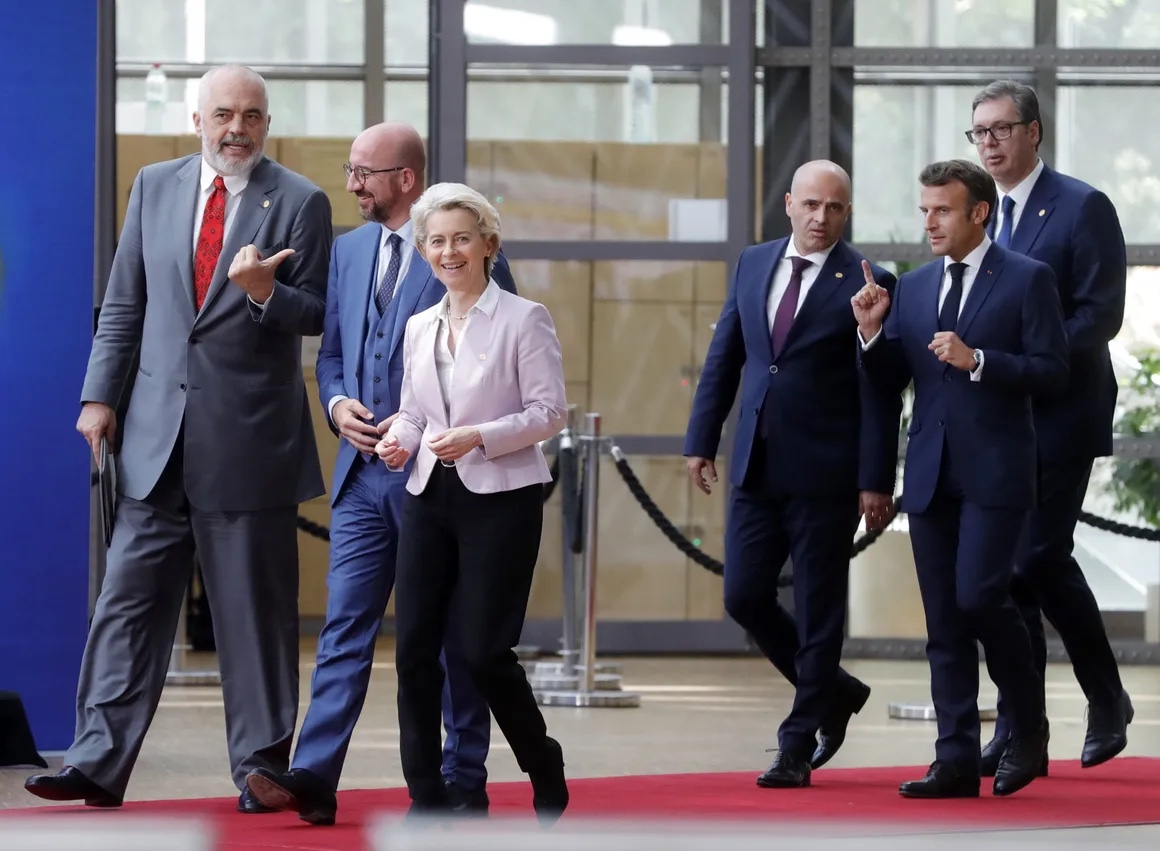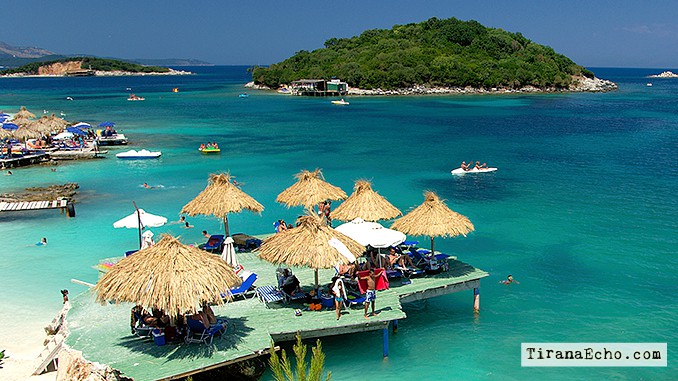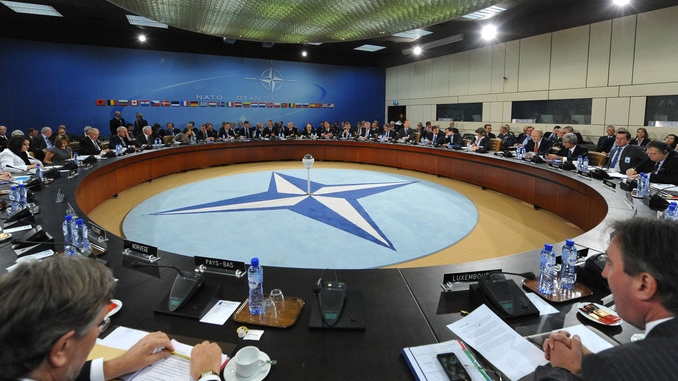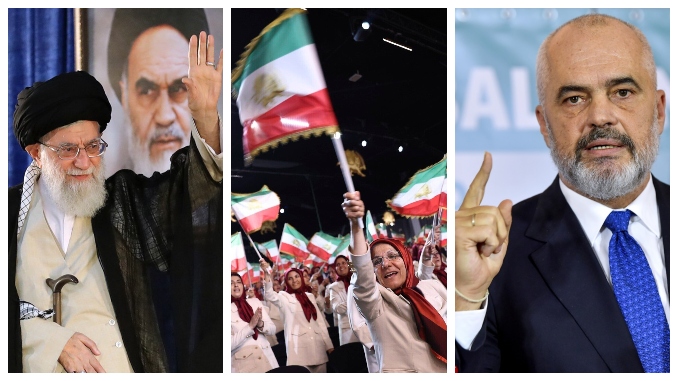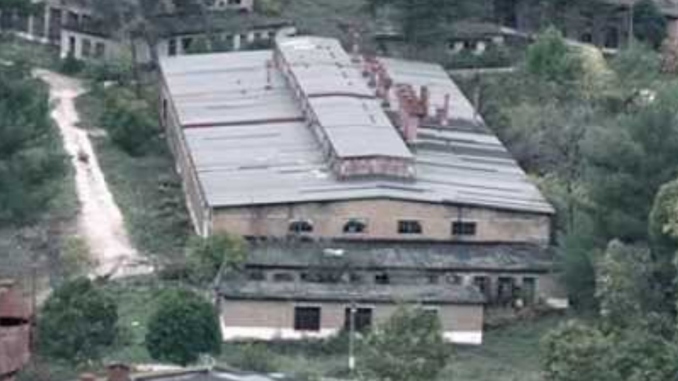Albania Is a New Belt and Road Battleground – FP Report
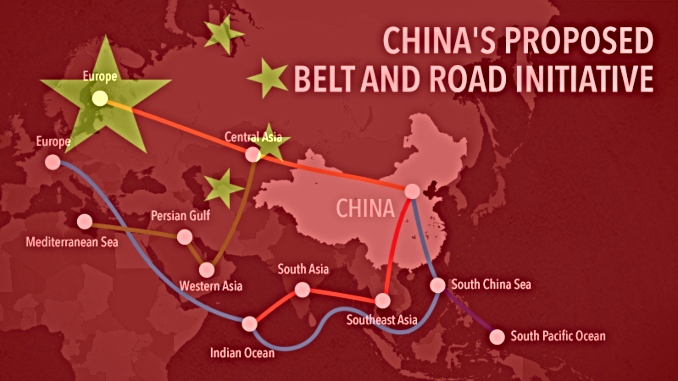
Amanda Coakley writes in this special Foreign Policy Report that the United States has shifted its interest into the Western Balkans region in light of China’s increased footprint in the region.
The greater U.S. engagement with the small Balkan nation of Albania highlights the emergence of another potential collision point between China’s geoeconomic ambitions in the region and the growing, if belated, Western efforts to push back.
Coakley says that while most Balkan countries have been hungry recipients of Chinese money, Albania has been an outlier, choosing to selectively engage with Beijing. While there are about 120 Chinese-linked projects worth almost $32 billion in the Balkans—the majority of which are in the infrastructure and energy sectors—Albania has largely steered clear of piling on huge Chinese debt in exchange for development, opting instead for acquisitions that don’t threaten to leverage the country’s future.
FP notes that Washington has responded favorably by boosting investment and military ties. In early January, U.S. Special Operations Command Europe announced it was establishing a forward base in Albania on a rotational basis. This came just months after the country hosted the Defender Europe 21 military exercises, the largest operation in southeastern Europe since World War II. And U.S. investment, while still paltry, is growing fast. According to the Albanian Central Bank, American foreign direct investment increased by 48 percent in the third quarter of 2020 compared to the same period in 2019, reaching around $140 million.
Washington’s renewed interest in Albania began in 2020, when the country joined the Clean Network initiative, a Trump administration program that sought to challenge the dominance of Chinese firms in 4G and 5G mobile technology. Albania was the first country in the region to join and has used its participation to curry favor with Washington, which has been glad of the support in the region.
In late 2020, U.S. and Albanian officials signed a memorandum of understanding on economic cooperation in Tirana, Albania’s capital, during a visit by Keith Krach, the U.S. undersecretary of state for economic growth at the time. The move paved the way for U.S. investment in the Skavica hydropower project and the Vlora thermal power station, a symbolic step in countering Chinese interests in the country, whose biggest project is Geo-Jade Petroleum’s concession to extract oil at the Patos-Marinza field, the biggest onshore oil field in Europe.
Despite Albania’s tilt toward the West, China is not deterred. In late October 2021, Chinese Foreign Minister Wang Yi visited Albania on his way to the G-20 summit in Rome. In recent years, Beijing has welcomed the increase in trade; the country is Albania’s third-largest source of imports after Italy and Turkey. Albania’s Adriatic coast is also of interest for expansion of China’s Belt and Road Initiative, which has put a special emphasis on southeastern Europe as a gateway to the Mediterranean.
Read the full FP Report in HERE

